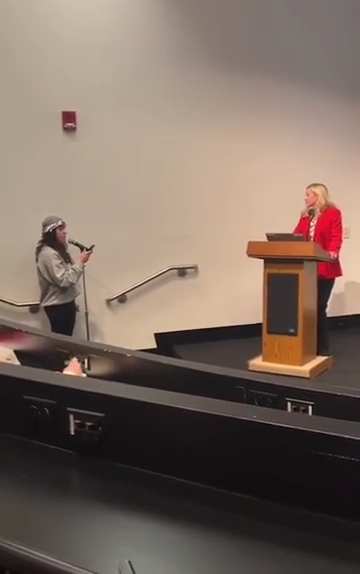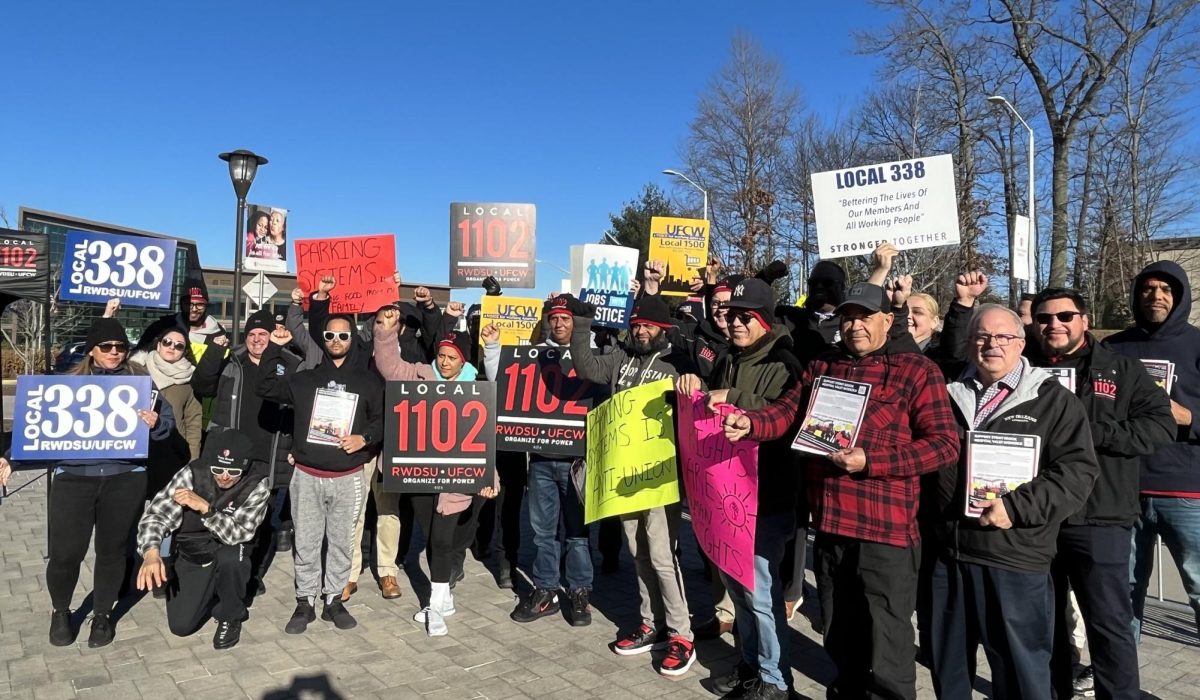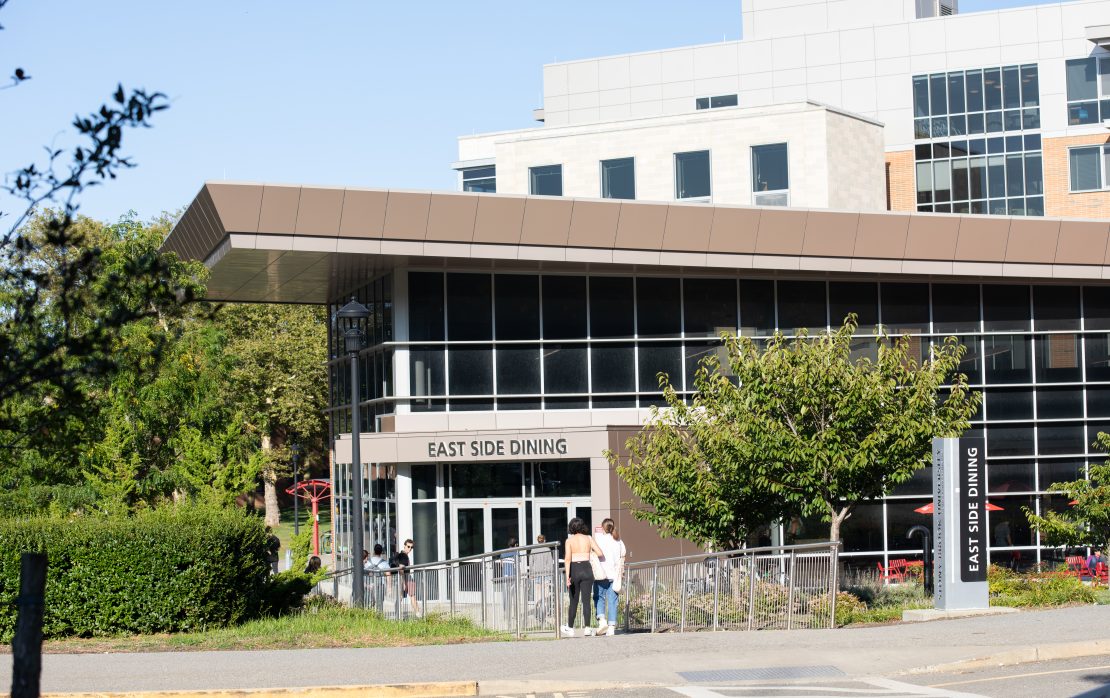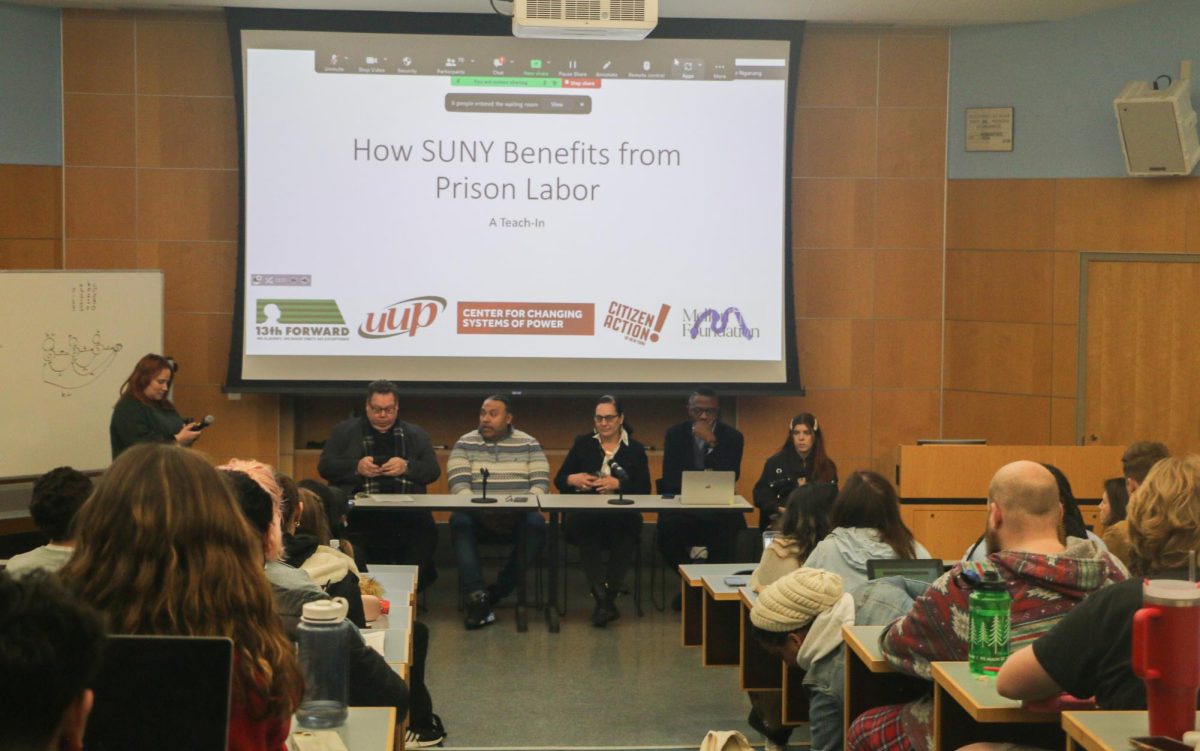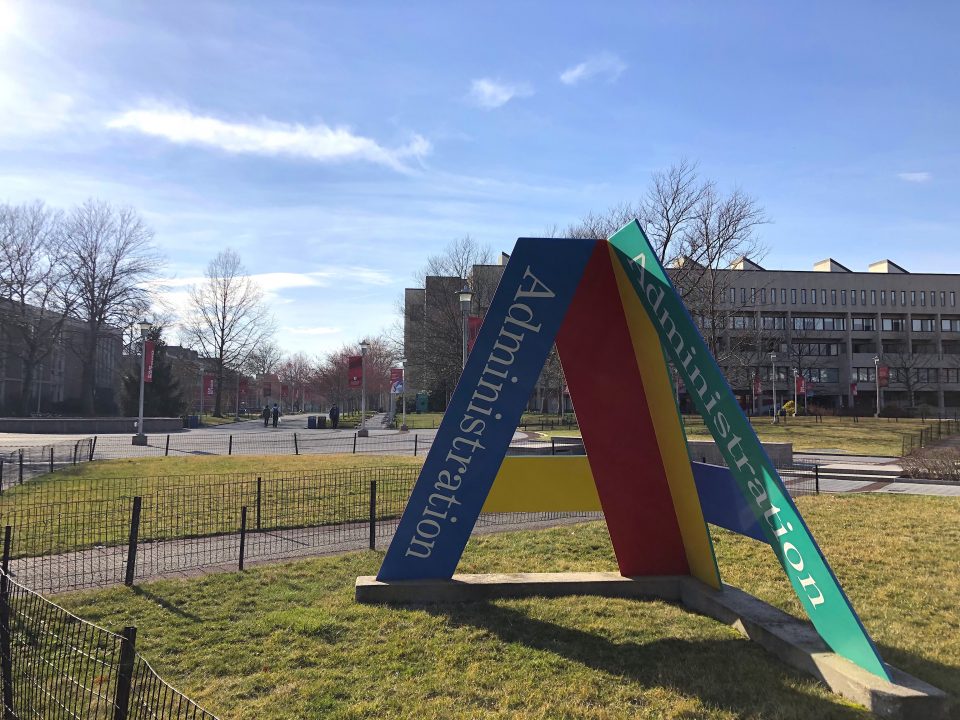
By Matina Douzenis, Gabby Pardo and Brianne Ledda
Stony Brook University will decide how to move forward with the Fall 2020 semester no later than June 30, according to an email from Interim President Michael Bernstein and President Elect Maurie McInnis.
“We are as eager as all of you to return to campus as soon as possible though no definitive decisions have yet been made about the fall term,” they wrote in the campus wide email, sent April 28. “Along the way, we will update the University Coronavirus website with timely information regarding the fall semester.”
They emphasized that the “well-being of community” is a priority as they look at ways to “reactivate campus.” Healthcare experts and coronavirus response committees, established to advise the university during the pandemic, will offer guidance moving forward.
Assistant Dean of Students Jeffrey Barnett emphasized during an April 23 Undergraduate Student Government (USG) senate meeting that no consensus on distant learning or in-person classes for Fall 2020 has been finalized.
“You’re going to see [decisions] happening in a rolling fashion and in waves,” Barnett said. “We might make some decisions about classes first, and then we might make some decisions about residents and then we might make some decisions about this and so it might come out in dribs and drabs.”
He added that the university is considering several scenarios for the fall semester.
Reopening the university would involve considering the most safe and effective options for both commuter and residential students, who make up 40% of the campus community. The university has already decided to hold summer courses virtually, and moved the Spring 2020 commencement online.
Universities like California State University, Fullerton (UC Fullerton) and Purdue have already announced antithetical decisions on how they plan to proceed with their respective Fall 2020 semesters. UC Fullerton plans to continue remote learning in the fall, but this can change “depending on the situation.” Purdue is accepting students for the fall semester and plans to potentially pre-test students and staff before they return to campus in August.
“Here in New York we are among the hardest hit of all regions of the country and so how that will play out for us might be different than how it plays out for the University of Montana or North Dakota, for example,” Barnett said.
University of Michigan Chief Health Officer Dr. Preeti Malani said during a press conference with student journalists on April 2 that it will likely take a vaccine for larger schools to return to normalcy.
She emphasized that campuses will only invite students back if it can be done with extreme precaution and safety. The university setting, however, poses challenges.
“Everyone lives in close quarters with roommates, or with a lot of roommates,” Malani said.
Stony Brook University is “waiting to see how we transcend this zenith that epidemiologists tell us will occur within the next 10-15 days,” university officials said during an April 6 faculty senate meeting.
An April study from McKinsey & Company, a business consulting firm, outlined three potential scenarios for reopening universities in the fall.
The first scenario assumes that the virus will be contained within the next two to three months, and universities will return as usual in the fall, but with potential restrictions for international students and faculty returning from abroad. Even in this scenario, however, the study suggests that the educational disruption this semester may delay graduation for some students.
The other two scenarios predict that schools will remain online in the fall, and potentially the spring. Travel would be limited, and study abroad trips for that academic year could be canceled. Faculty would need to make more long-term adaptations to their curricula, and a significant portion of the Class of 2021 would not graduate.
New York is currently considered the epicenter of the coronavirus (COVID-19), and Gov. Andrew Cuomo called Long Island’s Nassau and Suffolk County “hot spots” in a press conference on April 6. Suffolk County opened a new testing center in Coram on April 24, adding to the 28 other public labs and testing sites in the state.
As of April 27, more than 33,000 people have tested positive for COVID-19 in Suffolk County. The number of positive cases is still increasing in the county, but hospitalizations are down.
Nearly 35,000 people have tested positive for COVID-19 in Nassau County as of April 28. The county reported that it was short 11 ventilators.
Currently, there are no approved treatments for COVID-19. However, the biotech firm Moderna launched the first part of a three-phase study on a potential vaccine in mid-March, and won a $483 million federal grant on April 16 for further research.
Though the company doesn’t expect to put out a commercially-available vaccine for at least 12-18 months, it noted on its website that “it is possible that under emergency use, a vaccine could be available to some people, possibly including healthcare professionals, in the fall of 2020.”
The Centers for Disease Control and Prevention (CDC) outlines nearly 1,000 additional investigative studies that are underway for potential COVID-19 treatments.
Sarah Gilbert, a University of Oxford professor of vaccinology, told The Times of London on April 11 that a vaccine to combat COVID-19 could be ready by September. She’s overseeing a University of Oxford study on a potential vaccine that began the human trial stage on April 23.
There’s no guarantee of success, but Gilbert said early this month that she is 80% confident the vaccine will work.
Dr. Malani is inclined to think a vaccine may perhaps be ready in early 2021, and other experts have cautioned that even a 12-18 month timeline for developing a vaccine is optimistic. Taking a new vaccine to the clinic might take years or decades under normal circumstances.
Outside of the United States, the situation seems to be improving as countries like South Korea and China emerge from lockdowns. New Zealand is also lifting lock down restrictions; the country’s Prime Minister Jacinda Ardern claims they’ve defeated COVID-19 for the time being.
“There are a lot of reasons for hope,” Malani said. She emphasized that the goal is to stop the spread within communities, improve testing access and further clinical understanding of the virus.
As the number of hospitalizations and deaths decrease in New York, Cuomo has outlined a potential plan of reopening the state in phases. The first phase would reopen low risk businesses like construction and manufacturing. Each stage will be monitored in two week periods.
Cuomo emphasized that the state’s priority is to continue to flatten the curve and follow CDC guidelines.
“We’ve been talking about re-opening the state and re-imagining a new New York, and to do that we’re going to have to make governmental decisions in partnership with business decisions,” Cuomo said in a press release.
In addition to plans for reopening certain parts of New York on May 15, the state has begun testing residents for coronavirus antibodies. This past Monday, new data demonstrated that as many as 2.9 million residents may have had the virus at some point, ten times the reported number. In New York City alone, 2.1 million residents have possibly interacted with the virus.
Bernstein and McInnis acknowledged that difficult days are still ahead for most, but applauded the Stony Brook University community for its resilience in the face of the pandemic.
“Our nation is confronted by a dramatically challenging, disorienting, and disturbing situation — one unique in its entire history,” Bernstein and McInnis wrote. “Your resilience, skill, courage, and virtuosity are widely acknowledged and celebrated on campus, throughout the SUNY network, and across higher education nationwide.









